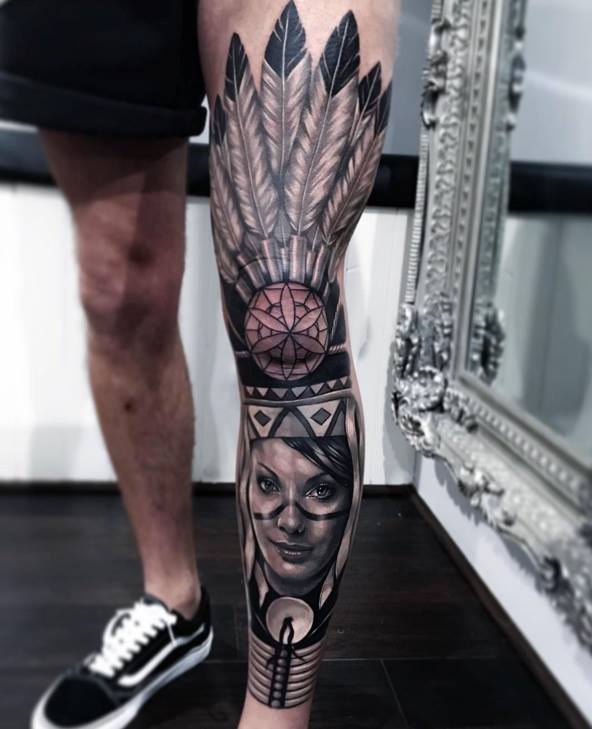A Chippewa Legend
A spider was quietly spinning his web in his own space. It wasbeside the sleeping space of Nokomis, the grandmother. Each day,Nokomis watched the spider at work, quietly spinning away. One dayas she was watching him, her grandson came in. 'Nokomis-iya!'he shouted, glancing at the spider. He stomped over to the spider,picked up a shoe and went to hit it.

- You are ready to place your dream catcher in the chose spot to hang over and protect your home, family, or thoughts. You may choose to celebrate your dream catcher in this way or through other ways by your own choosing. There is an ancient ritual of the dream catcher called, Smudging. This is a powerful way to initiate and bless your dream catcher.
- A dream catcher is usually placed over a place you would sleep where the morning light can hit it. As you sleep all dreams from the spirit world have to pass through the dream catcher. Only good dreams can pass through to the dreamer while the bad dreams are caught in the webbing and are destroyed by the first rays of the morning light.
- On this basic Dream Catcher shown in Figure 9, people are adding a variety of decorations. The original design used a small feather hanging from the bottom of the hoop or from the center of the web. A bead was included in the weave of the web somewhere halfway or close to the center.
Shop Home's Size OS Tapestries at a discounted price at Poshmark. Description: Authentic vintage aboriginal dream catcher with eagle feathers and wool. Such a beautiful piece!!! Overall it is in good vintage condition. Please note that one of the feathers is a little bent First Nations. Sold by tatagonia. Fast delivery, full service customer support.
'No-keegwa,' the old lady whispered, 'don't hurt him.'
'Nokomis, why do you protect the spider?' asked the little boy.
The old lady smiled, but did not answer. When the boy left, thespider went to the old woman and thanked her for saving his life.He said to her, 'For many days you have watched me spin andweave my web. You have admired my work. In return for saving mylife, I will give you a gift.'
Dream Catcher Wow
He smiled his special spider smile and moved away, spinning as he went.
Canadian Aboriginal Dream Catchers
Soon the moon glistened on a magical silvery web moving gentlyin the window. 'See how I spin?' he said. 'See andlearn, for each web will snare bad dreams. Only good dreams willgo through the small hole. This is my gift to you. Use it so thatonly good dreams will be remembered. The bad dreams will becomehopelessly entangled in the web.'

Sleep well sweet child
Don't worry your head
Your Dream Catcher is humming
Above your bed
Listen so softly
I know you can hear
The tone of beyond
Close to your ear
Love is alive
And living in you
Beyond all your troubles
Where good dreams are true
Dream Catchers
An ancient Chippewa tradition
The dream net has been made
For many generations
Where spirit dreams have played.
Hung above the cradle board,
Or in the lodge up high,
The dream net catches bad dreams,
While good dreams slip on by.
Bad dreams become entangled
Among the sinew thread.
Good dreams slip through the center hole,
While you dream upon your bed.
Dream Catcher Meaning
This is an ancient legend,
Since dreams will never cease,
Hang this dream net above your bed,
Dream on, and be at peace.
Aboriginal Dream Catcher Clip Art
Return to Chippewa Legends
Showing 1–12 of 45 results
Aboriginal Dream Catchers
In some Indigenous cultures, a dreamcatcher or dream catcher is a handmade willow hoop, on which is woven a net or web. It may also include sacred items such as certain feathers or beads. They believe that, through the use of a dream catcher, an individual can protect themselves from negative dreams while letting positive dreams through the hole of the dream catcher.
Aboriginal Dream Catcher Book

Dream catchers originated with the Ojibwe people and were gradually adopted by some neighbouring nations through intermarriage and trade. This continued and, by the 1960s and 1970s, they had been adopted by a large number of Indigenous people of diverse cultures.
Because of this, some consider the dream catcher a symbol of unity among the Indigenous or Aboriginal people. However, many other Indigenous people have come to see dream catchers as over-commercialized, offensively misappropriated and misused by non-natives.
Aboriginal Dream Catcher Meaning
At Canadian Indigenous Art, we ensure our gallery only includes handcrafted dream catchers from authentic Squamish Nation Artists.